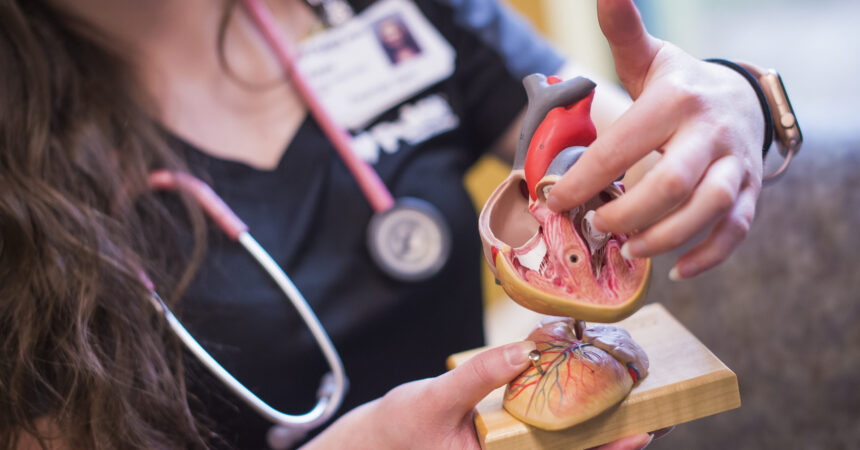Heart disease is one of the greatest health threats to women, claiming the lives of one in three worldwide. While the threat is evident, understanding the different kinds of heart disease can be confusing. Let’s uncover the early signs of heart disease, causes, risk factors and ways you can help prevent heart disease.
What is heart disease?
Heart disease describes a wide array of conditions that affect your heart. A few of the more common conditions:
- Coronary artery disease
- Heart rhythm problems (arrhythmias)
- Congenital heart defects
In order to better understand each of these conditions, it’s important to know the symptoms and causes attributed to them.
Symptoms of coronary artery disease
Symptoms of coronary artery disease can vary between men and women. The most common symptoms for women:
- Pain or pressure in the chest that can travel down to the arm or jaw
- Shortness of breath
- Irregular heartbeat
- Sweating
- Dizziness
- Fatigue
- Nausea
- A burning sensation in the chest
Women should consult with a doctor if they experience any of the risk factors attributed to coronary heart disease. Risk factors for both men and women: a history of heart disease, obesity, high blood pressure, high cholesterol, diabetes and tobacco use. Other risk factors specific to women include menopause and pregnancy complications.
Heart disease symptoms caused by arrhythmias
An arrhythmia is an abnormal heartbeat. When this happens, the heart can beat too quickly, too slowly or in an irregular rhythm. Symptoms of an arrhythmia:
- Racing heartbeat
- Slow heartbeat
- Fluttering of the heart
- Chest pain or pressure
- Lightheaded
- Dizziness
- Shortness of breath
- Fainting
Symptoms of congenital heart defects
Congenital heart defects are something you’re born with. Serious defects are evident at birth, but less serious defects are often discovered later on during childhood. Symptoms of some more serious defects:
- Skin color that is pale gray or blue
- Swelling in the legs, abdomen or around the eyes
- In infants, shortness of breath while feeding
When should you see a doctor?
The earlier you can detect the symptoms of heart disease, the easier it can be to treat. If you’re experiencing any of the symptoms mentioned above, consult with your physician. If you experience chest pain, shortness of breath or fainting, seek medical attention immediately.
What can women do to reduce their risk of heart disease?
For those who don’t have heart disease, there are a number of heart-healthy strategies to reduce your risk of developing heart disease.
- Exercise regularly. Regular exercise is critical to maintaining a healthy heart. Even a 30-minute workout once a day can help to strengthen your heart and reduce the risk.
- Manage your stress. Stress can cause more than mental anguish. It can also cause your arteries to tighten, which can increase your risk of heart disease. If stress is a daily issue, consult with your physician about ways to help reduce your stress.
- Eat heart-healthy foods. Stay away from foods high in trans fats, added sugars and high amounts of salt. Instead, eat more fruits, vegetables, whole grains, lean meat and low-fat dairy products.
- Stop smoking. Smoking or having exposure to secondhand smoke can damage your blood vessels. The best solution is to stop smoking or avoid starting.
- Limit alcohol. Alcohol can take a toll on your body, including your heart. If you currently have more than one drink per day, find ways to cut back.
Heart disease is easier to treat when detected early. Be proactive about your heart health and talk to a Pulse Heart provider about your concerns. For more information about heart disease, visit Pulse Heart Institute.
Go Red for Women
On the first Friday of every February, the nation comes together to wear red and raise awareness for cardiovascular disease and stroke. Though that date has passed, you can still join the movement by purchasing Go Red for Women merchandise. Proceeds from your purchase will help fund the American Heart Association’s mission to end heart disease and stroke in women.




